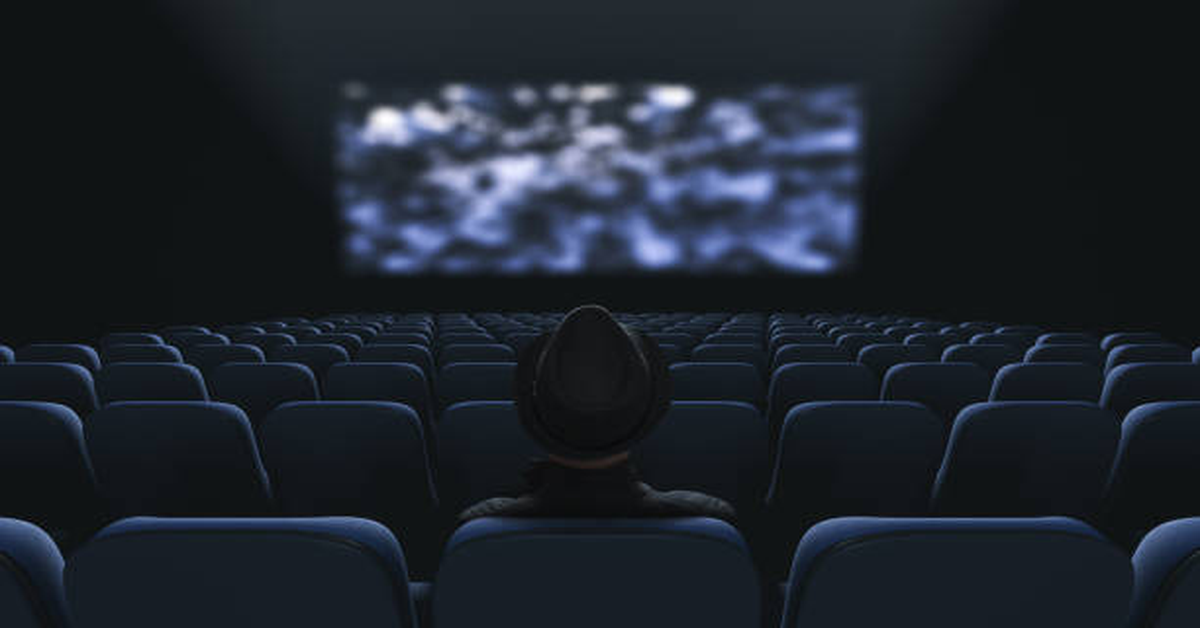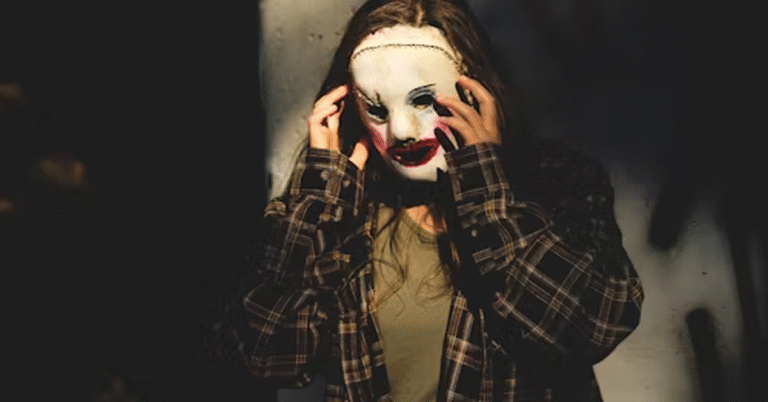
Cinema is often described as a blend of art and technology, a medium that captures stories, emotions, and human experiences through moving images. While film has many styles and categories—ranging from blockbuster entertainment to experimental projects—there exists a special category known as “Absolute Cinema.” This concept is not about Hollywood spectacles, commercial appeal, or narrative-driven entertainment. Instead, it refers to film in its purest form, stripped of external influences, where the medium itself becomes the art.
Absolute cinema is often considered a philosophy as much as it is a practice. It emphasizes the essential qualities of film—light, sound, rhythm, movement, and composition—over traditional storytelling. Instead of treating cinema as a secondary tool to support literature, theater, or photography, it views cinema as an independent art form, capable of communicating experiences that cannot be expressed in words.
In this article, we will explore absolute cinema in depth—its origins, defining characteristics, techniques, influence on modern filmmaking, examples from history, and its continued relevance today.
The Origins of Absolute Cinema
The idea of “absolute cinema” arose during the early 20th century, when filmmakers and theorists began to push back against the dominance of narrative storytelling in film. At the time, movies were seen largely as filmed plays or adaptations of novels. Directors used cameras mainly as a recording device rather than a tool for artistic expression.
A group of avant-garde filmmakers in Europe—especially in Germany and France—sought to change this. They believed that cinema should be appreciated for its unique properties: the manipulation of time, movement, visual rhythm, and montage.
This movement aligned with artistic experimentation in other fields, such as abstract painting, expressionist theater, and experimental music. For these pioneers, absolute cinema was cinema freed from storytelling, focusing instead on pure visuals and sensations.
Defining Characteristics of Absolute Cinema
Absolute cinema can be recognized through several defining traits:
- Non-Narrative Approach
Unlike mainstream films, absolute cinema does not rely on traditional storylines with beginning, middle, and end. Instead, it creates meaning through images, rhythm, and emotions. - Emphasis on Visual Form
Composition, patterns, abstract shapes, and cinematic techniques take center stage. The film becomes a moving artwork rather than a delivery system for dialogue. - Rhythm and Movement
Much like music, absolute cinema uses editing and motion to create rhythm. Cuts, dissolves, and camera movement act like notes in a symphony. - Exploration of Light and Shadow
Light itself is treated as a subject, with directors experimenting with contrast, silhouettes, reflections, and visual textures. - Emotional and Sensory Impact
Instead of explaining ideas, absolute cinema aims to evoke feelings. Viewers are invited to interpret based on mood, visuals, and sound.
Techniques Used in Absolute Cinema
Absolute cinema relies on experimental methods rather than conventional filmmaking.
| Technique | Description | Effect |
|---|---|---|
| Montage Editing | Rapid cuts, juxtapositions, and rhythmic pacing. | Creates visual “music” instead of linear story. |
| Abstract Imagery | Shapes, colors, patterns, and movement rather than literal images. | Breaks away from realism, focusing on art. |
| Slow Motion / Time-Lapse | Manipulating time to emphasize mood and perception. | Makes viewers aware of time’s texture. |
| Unconventional Angles | Extreme close-ups, distorted perspectives, or experimental camera placement. | Challenges normal ways of seeing. |
| Minimal Dialogue | Silence or soundscapes instead of traditional dialogue. | Keeps focus on visuals and atmosphere. |
| Sound Experimentation | Abstract sound, dissonant music, or rhythms to accompany visuals. | Creates emotional immersion. |
Examples of Absolute Cinema in History
Some of the earliest practitioners of absolute cinema created groundbreaking works that still influence filmmakers today.
- Walter Ruttmann (Germany): His 1921 film Opus I is often considered one of the first abstract films, featuring animated shapes and colors moving to music.
- Hans Richter: Known for works like Rhythmus 21 (1921), he explored visual rhythm as a form of “pure film.”
- Viking Eggeling: Created Symphonie Diagonale (1924), using geometric abstraction to mimic musical structure.
- Dziga Vertov: With his 1929 masterpiece Man with a Movie Camera, Vertov blurred the line between documentary and experimental cinema, focusing on rhythm and visual composition.
- Oskar Fischinger: A German animator who combined abstract visuals with synchronized music, influencing both cinema and animation.
These pioneers paved the way for experimental filmmakers of the future, showing that cinema could exist without depending on traditional storytelling.
Absolute Cinema vs. Narrative Cinema
To better understand absolute-cinema, let’s compare it to traditional narrative cinema.
| Aspect | Absolute Cinema | Narrative Cinema |
|---|---|---|
| Purpose | To explore visual and sensory expression. | To tell a structured story with characters. |
| Focus | Form, rhythm, imagery, and movement. | Plot, character development, dialogue. |
| Audience Role | Active interpretation; meaning is open-ended. | Passive consumption; meaning is explained. |
| Structure | Non-linear, abstract, experimental. | Linear, logical, and plot-driven. |
| Connection | Emotional and sensory impact. | Narrative and character empathy. |
Why Absolute Cinema Matters
Even though absolute-cinema is not mainstream, it plays an important role in the evolution of film. Here’s why it matters:
- Expands the Language of Cinema
Absolute cinema pushes boundaries, introducing techniques later adopted by mainstream films. - Encourages Artistic Freedom
It frees filmmakers from commercial constraints, allowing them to explore new forms of expression. - Inspires Other Art Forms
Its focus on rhythm, abstraction, and form has influenced music videos, advertising, and digital art. - Challenges Audiences
It forces viewers to engage differently, interpreting meaning instead of being told what to think.
Influence on Modern Media
Though often associated with early avant-garde film, the spirit of absolute cinema lives on in today’s media landscape:
- Music Videos: Many modern videos use abstract editing, rhythmic visuals, and minimal storytelling, echoing absolute cinema principles.
- Experimental Shorts: Film festivals often showcase non-narrative projects that continue the tradition of absolute cinema.
- Commercial Advertising: Brands use abstract visuals, rapid cuts, and rhythmic editing for emotional appeal.
- Art Installations: Museums and galleries now feature video installations inspired by absolute-cinema.
This shows how absolute-cinema, once niche, has shaped modern visual culture in profound ways.
Criticism of Absolute Cinema
While influential, absolute-cinema has also faced criticism:
- Accessibility: Its abstract style can alienate mainstream audiences who prefer stories.
- Commercial Viability: Without plot or characters, absolute films rarely achieve financial success.
- Elitism: Some critics argue it caters only to intellectuals or artists, excluding general viewers.
Despite these critiques, absolute-cinema remains vital as a laboratory for cinematic innovation.
Table: Advantages and Disadvantages of Absolute Cinema
| Advantages | Disadvantages |
|---|---|
| Explores cinema’s true artistic potential. | Can be confusing or inaccessible. |
| Inspires new techniques and styles. | Lacks mainstream appeal or financial value. |
| Encourages creative freedom for filmmakers. | Interpretation can feel too subjective. |
| Influences modern music videos and art. | Limited exposure outside art circles. |
Conclusion
Absolute cinema is not about telling stories or following Hollywood formulas. It is about embracing the medium’s purest qualities—light, rhythm, movement, and visual composition. From pioneers like Ruttmann and Richter to its influence on modern music videos and experimental film, absolute-cinema demonstrates that cinema can be more than entertainment; it can be pure art.
For audiences, engaging with absolute-cinema requires an open mind and a willingness to experience film differently—not as a story to follow, but as an artwork to feel. For filmmakers, it remains an inspiration to push boundaries, explore new forms, and remind the world that cinema is not just a mirror of reality, but an artistic canvas in itself.
FAQs
1. What is absolute cinema?
Absolute cinema is a style of filmmaking that emphasizes pure visuals, rhythm, and artistic expression instead of narrative storytelling.
2. Who were pioneers of absolute cinema?
Filmmakers like Walter Ruttmann, Hans Richter, Viking Eggeling, and Oskar Fischinger were early leaders of this movement.
3. How is absolute cinema different from mainstream film?
Mainstream films rely on stories and characters, while absolute cinema focuses on abstract imagery, rhythm, and sensory experiences.
4. Is absolute cinema still relevant today?
Yes. Its influence is visible in music videos, advertising, experimental shorts, and art installations.
5. Why should audiences watch absolute cinema?
It offers a fresh, thought-provoking way to experience cinema as pure art rather than just storytelling or entertainment.







